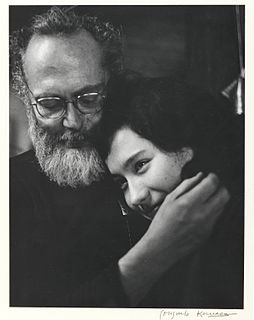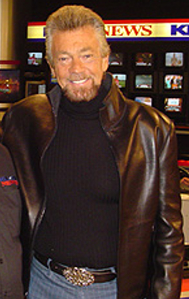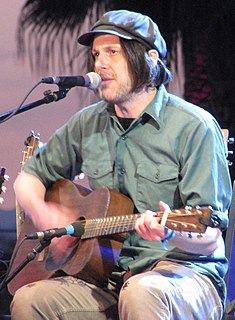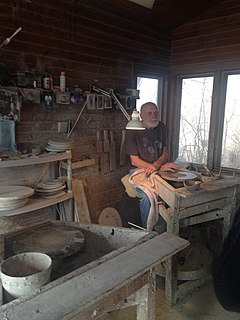A Quote by W. Eugene Smith
I can’t stand these damn shows on museum walls with neat little frames, where you look at the images as if they were pieces of art. I want them to be pieces of life!
Related Quotes
Love is like a teacup that every day falls to the ground and breaks to pieces. In the morning the pieces are gathered and with a little moisture and a little warmth, the pieces are glued together, and again there is a little teacup. He who is in love spends life fearing that the terrible day will come when the teacup is so broken that it can no longer mended.
We can see an anthill or a roach or a flower or anything, but we have this frame where our mind recognizes an anthill and then moves on, without taking the opportunity to have the sense of awe that we could have if we really looked at it. The montage is about taking pieces of reality and rearranging them - creating new frames to make you have to stop and look at things in a fresh way. It's basically taking pieces of everyday reality and rearranging them to show people the magic that is inherent in all of these things already.
I think there's an interest right now in the performance aspect of artworks, instead of just hanging things on walls. We're in a moment when a lot of younger artists are looking at work from the '60s and '70s - they are looking at the pieces by Marina Abramovic or Vito Acconci. These pieces have a time element. They were performed live. To perform them again now isn't simply an homage, because it's a different audience, a different moment.
A saboteur in the house of art and a comedienne in the house of art theory, Lawler has spent three decades documenting the secret life of art. Functioning as a kind of one-woman CSI unit, she has photographed pictures and objects in collectors' homes, in galleries, on the walls of auction houses, and off the walls, in museum storage.



































